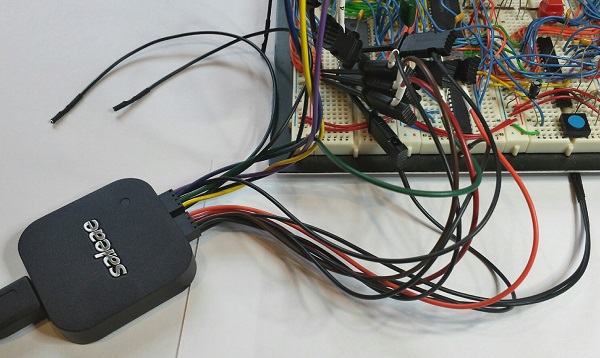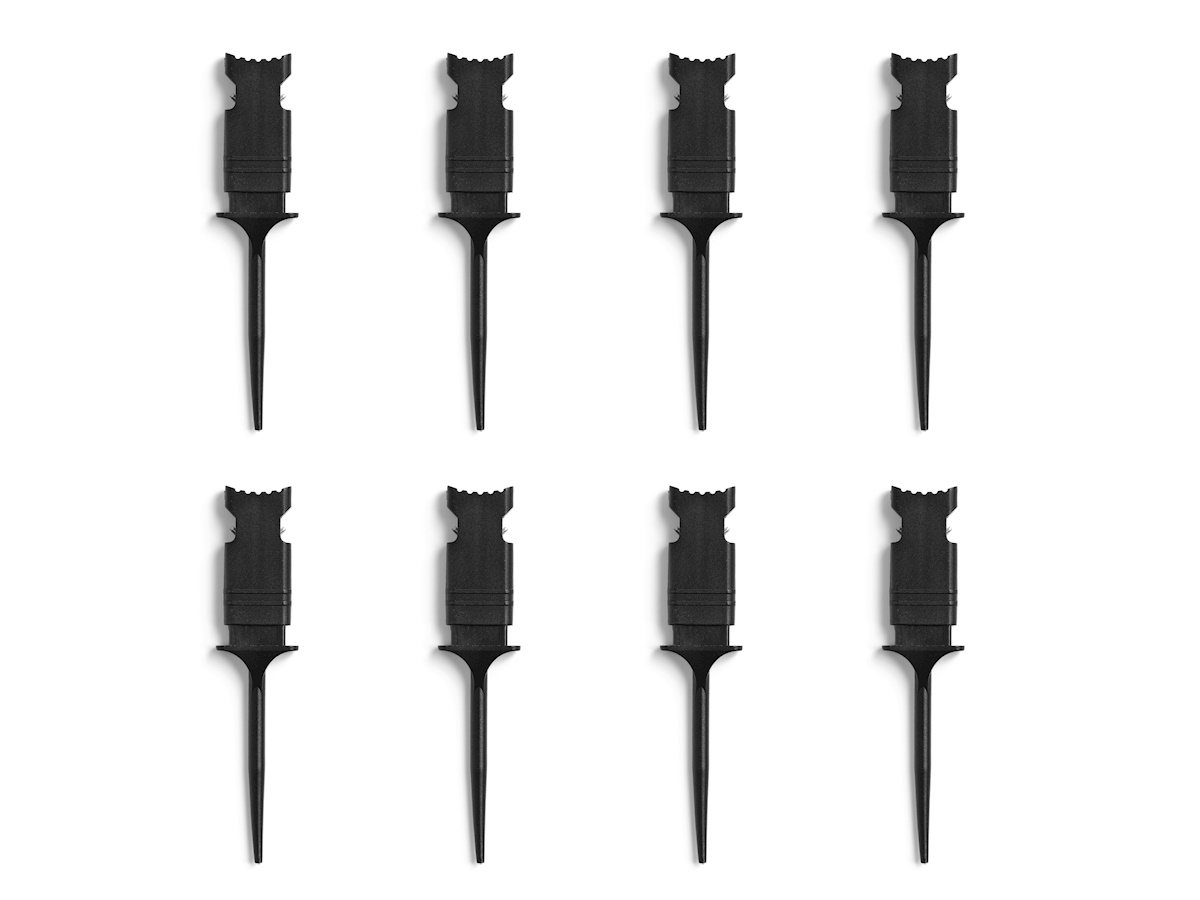
This allows for very long duration recordings that are only limited by the amount of RAM in the host computer, but the sample rate is usually lower, and is limited by the maximum possible USB transfer rate. Other logic analyzers stream the samples to the computer on-the-fly, as they’re being recorded.

Buffer sizes from 64 Mbit to 2 Gbit are typical. This technique usually allows for high sampling rates, at the expense of lower sample depths. Sampling Method – Some logic analyzers use an internal memory buffer for storing samples, and then transfer all the samples to the computer once the recording is finished. This means the effective recording duration can be hard to predict exactly, because it depends on the compressibility of the signal data. Usually it’s a simple run-length encoding. Many logic analyzers use data compression to store more samples than would otherwise be possible. Given a fixed sample depth, the recording duration must also be shorter when the sampling rate or number of channels are increased. With a long enough recording, you don’t need to worry very much about setting up complex triggers, because you can just record many seconds worth of activity and then scroll through the recording to find points of interest. Sample Depth – A greater sample depth allows for longer duration recordings. When professionals debug very high speed designs, I think they generally don’t even use logic analyzers, and instead rely on simulations or on signal capture features that are built-in to the hardware. Fast signals are more likely to be negatively impacted by these problems. It will add more load to the signal, add additional capacitance, and possibly add signal reflections too. When you connect a test lead to your circuit, it will change the behavior of the circuit in ways that may interfere with your measurements, or cause the circuit to stop working entirely. Even if the LA has a very high sample rate and correspondingly high bandwidth, you can’t necessarily capture high speed signals with it. Some logic analyzers list a bandwidth number in their spec sheets, but many cheaper ones don’t.Ī reality check is also in order here. The sample rate may be 1 GS/s, but if the input bandwidth is only 50 MHz then any faster signals will appear blurred no matter how high the sample rate may be. For example the DSLogic U3Pro16 supports 1 GS/s in streaming mode when recording 3 channels, but only 125 MS/s when recording all 16 channels.īandwidth – Just like an oscilloscope, a logic analyzer has a maximum bandwidth that’s determined by the analog properties of the test leads and the internal circuitry. The maximum sampling rate when recording all channels will be lower. 100 MS/s might do an adequate job of capturing a 20 MHz signal.īeware that all logical analyzers advertise their maximum possible sampling rate, which is almost always limited to a small number of channels or one channel.

But if you want to capture signals with a non-symmetric duty cycle, or you want better accuracy on where the signal’s rising and falling edges are, it’s better to aim for at least 4x or 5x oversampling.

In theory 100 megasamples per second would be enough to capture a 50 MHz signal, with one sample for the high part of each period and one sample for the low part. Sample Rate – A faster sampling rate is usually better, but the details are important. 16 channels is a good number that covers most of my real-world use. My Saleae Logic Pro 8 is very nice, but I often need to capture more than eight signals at once. Number of Channels – More channels is better. Important features for comparing logic analyzers: I already have three of them, but now I’m shopping for a fourth. I can’t imagine debugging any of my projects without one. I’ve discovered that for the type of work I do, the can’t-live-without tool isn’t an oscilloscope but a logic analyzer.

I bought a Rigol DS1074Z ( mini review here), a nice four channel 70 MHz scope, but I’ve rarely used it during the years since then. When I first got involved with electronics, I assumed that my most important tool would be an oscilloscope.


 0 kommentar(er)
0 kommentar(er)
